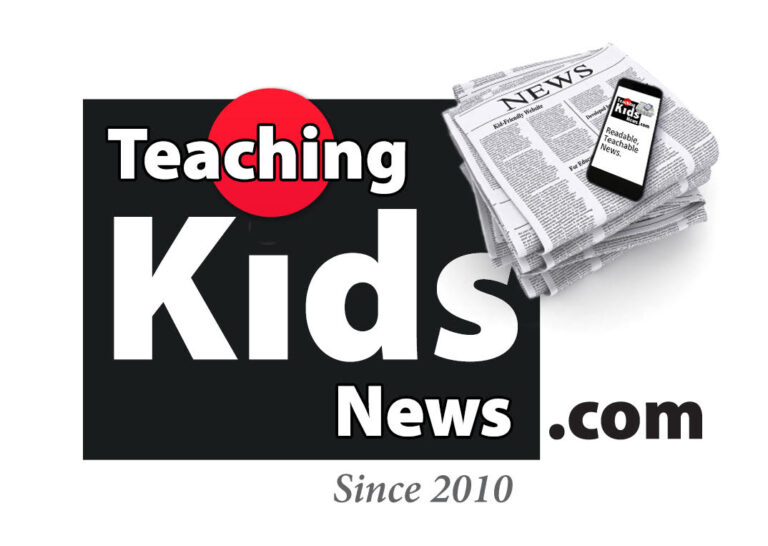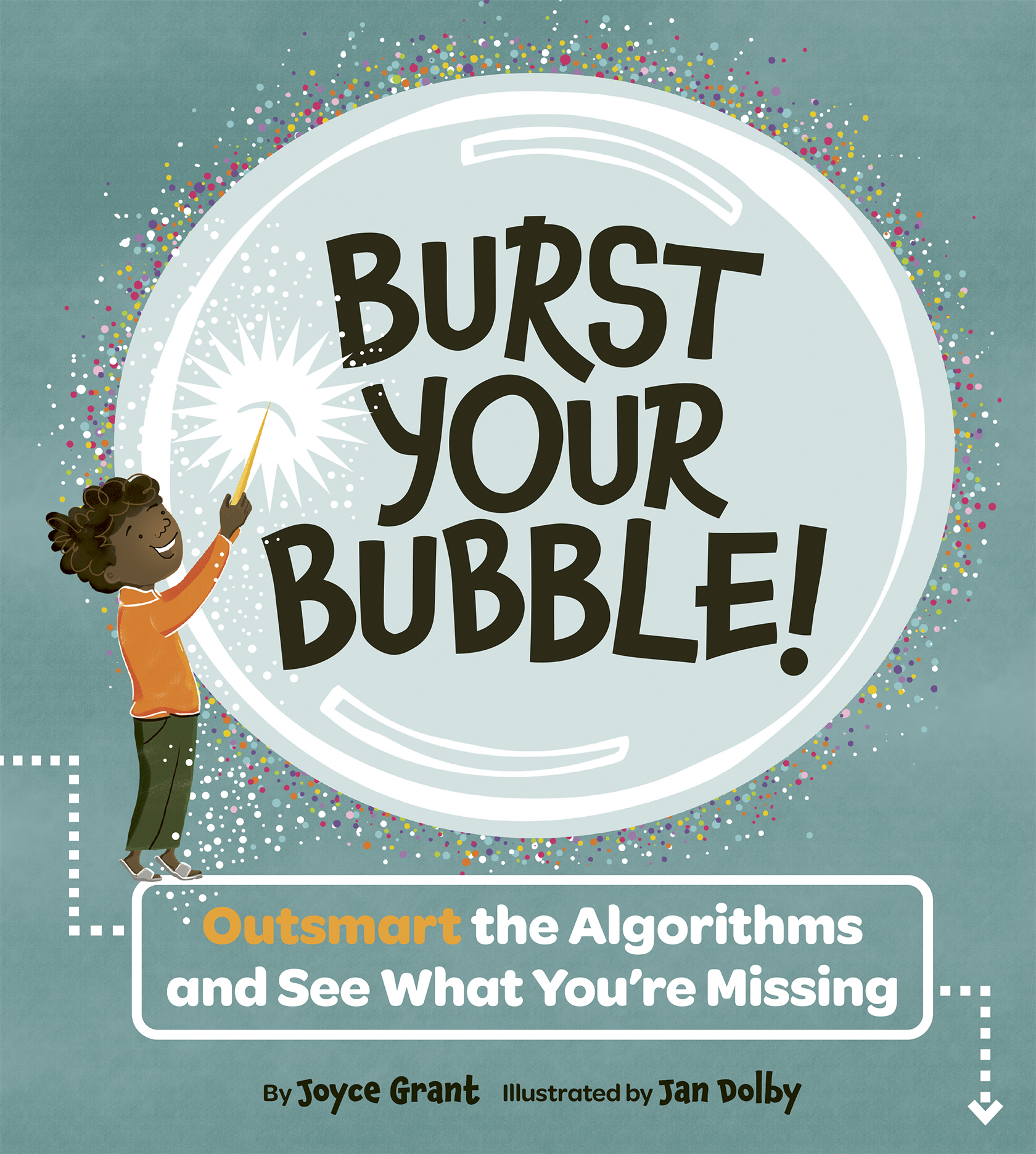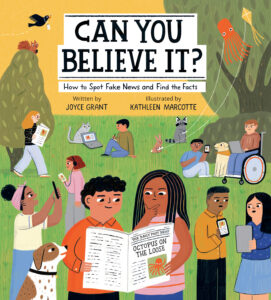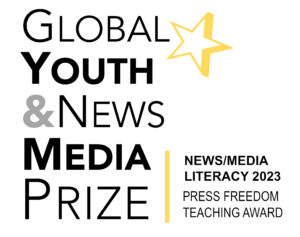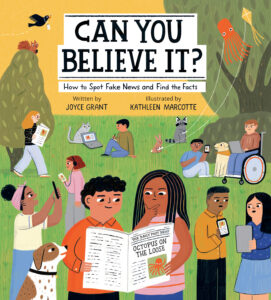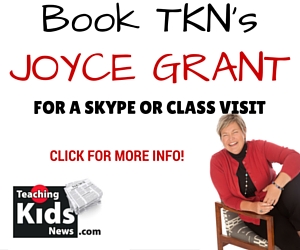If it was up to Ontario’s students, the province would have woken up to an NDP minority government.
More than 321,000 students under the voting age, cast ballots in a “parallel election.” In that “election,” the NDP won, with 26.6% of the votes and 41 seats in the legislature. The Liberals came in a close second, with 39 seats (25.8%), the Ontario PCs third with 24 seats (21.1%) and the Green party took fourth place with three seats (16.6% of the votes cast).*
Across the province, candidates had dropped in on classrooms to talk about the issues and present their platforms to students.
One grade five student in Toronto said he enjoyed listening to the candidates, learning about the electoral process and voting.
“It was great,” he said. “I now know what they stand for and why they’re politicians. I feel like I understand the parties a lot better.”
For more information about the student election, visit the Student Vote website.
In the “other” election — the one that determines which government is in power — Dalton McGuinty’s Ontario Liberals won again, for the third time in a row.
As leader of the party, McGuinty retains his position as Premier of Ontario, a job he has held since 2003.
McGuinty won over second-place finisher Tim Hudak, the leader of the Ontario Progressive Conservatives, and Andrea Horwath, the leader of the Ontario NDP, whose party placed third.
There are 107 seats in the Ontario legislature.
For a majority government, the Liberals had to win at least 54 of the seats. They fell short by one, so Dalton McGuinty’s Liberals have a minority government; they have fewer seats in the legislature than the other parties combined.
The results of the Ontario election
Liberals: 53
PC: 37
NDP: 17
Green: 0
Other: 0
CURRICULUM CONNECTIONS
By Jonathan Tilly
Writing/Discussion Prompt
In order to vote in the Ontario provincial election you must be at least 18 years old. Why do you think there is an age requirement for voters? Should there be an age requirement? What should the age be? Why?
Reading Prompt
How do lists help readers understand what they are reading? Why would a journalist decide to include a list in her article?
Primary & Junior
Identify a variety of text features and explain how they help readers understand texts (OME, Reading: 2.3).
Intermediate
Identify a variety of text features and explain how they help communicate meaning (OME, Reading: 2.3).
Grammar Feature: Syllables
A syllable is a small spoken part of word. Many words contain two or three syllables and teachers often teach their students to think of syllables as the “beats” within words. In a dictionary, syllables are separated by midline dots •. For example, the following words from today’s article are written here with midline dots to show the different syllables in each:
On•tar•i•o, e•lec•tion, Con•ser•va•tives, Lib•er•als, leg•is•la•ture
Why is understanding how to chop words into syllables an important skill for all readers?
